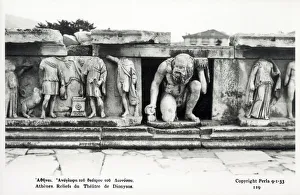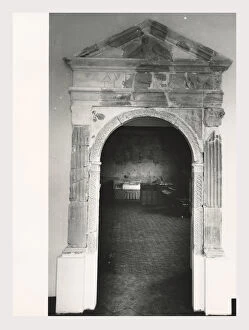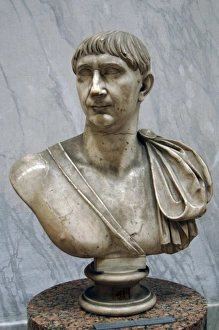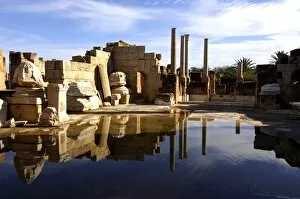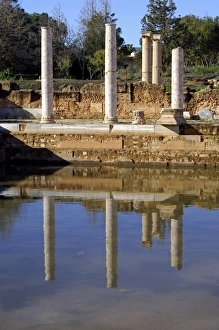Hadrianic Collection
"Exploring the Hadrianic Legacy: From Athens to Libya, a Roman Emperor's Influence" Step back in time and immerse yourself in the grandeur of the Hadrianic era
All Professionally Made to Order for Quick Shipping
"Exploring the Hadrianic Legacy: From Athens to Libya, a Roman Emperor's Influence" Step back in time and immerse yourself in the grandeur of the Hadrianic era. Journey through ancient Athens, Greece, where relief sculptures at the Theatre of Dionysus transport you to a world of artistic brilliance. Marvel at the marble bust of Trajan, a powerful Roman emperor who reigned from 53-117 AD. His stern yet regal expression captures his commanding presence and influence over an empire. Travel further east to Jerash, where an arch built during Hadrian's rule stands tall even today. A black-and-white photograph from 1867 reveals its timeless beauty and architectural prowess. Venture southward to Leptis Magna in Libya and witness The Great Baths that once served as a testament to Rome's engineering marvels. These impressive structures showcase the opulence enjoyed by citizens under Trajan's reign. Delve into Ny Carlsberg Glyptotek in Copenhagen, Denmark, where intricate sculptures depicting Trajan himself captivate visitors with their attention to detail. Admire his chiseled body and noble features that embody strength and authority. The head of Trajan serves as a reminder of his enduring legacy throughout history. Its preservation allows us glimpses into the past, connecting us with one of Rome's most influential emperors. As we explore these artifacts scattered across different corners of Europe and Africa, we uncover fragments of an empire that shaped civilizations for centuries. The Hadrianic period leaves behind not only remarkable architecture but also insights into power dynamics and cultural exchange during this pivotal era. Join us on this captivating journey through time as we unravel the enigmatic reign of Trajan - an emperor whose impact continues to resonate even today.

